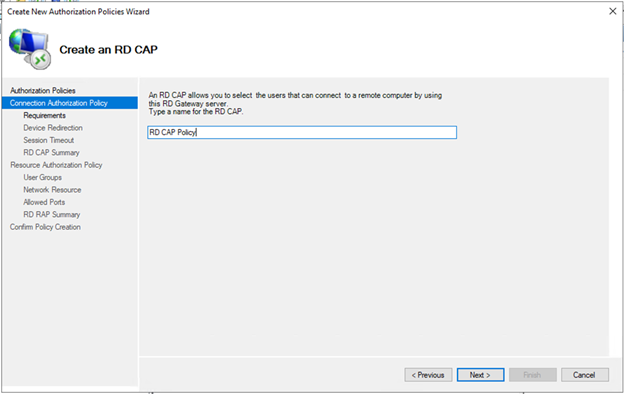

We’ve built all of these steps into two separate streamlined PowerShell scripts which you can download below. Fundamentally, all you need to do is add 4 Windows features, and then do some very minor configuration of RDS licensing. Moreover, let’s say you don’t want to join the session host to a domain with all the additional costs and complexities that adds. I call it “Micro RDS.”įor instance, let’s say you just want to install a multi-user capable Remote Desktop Services Session Host in Windows Azure.


Here’s an alternative, single server way to deploy Remote Desktop Services on Server 2012, even in a workgroup. Deploying the Session Hosts, plus Licensing, plus the Connection Broker, plus Web Access, plus the Gateway, and making sure you do this all from within a full Windows domain environment. One major complaint I hear frequently around standing up a Windows Server 2012 Remote Desktop Services solution is the fact that all of the guides and documentation are centered around a full RDS deployment.


 0 kommentar(er)
0 kommentar(er)
